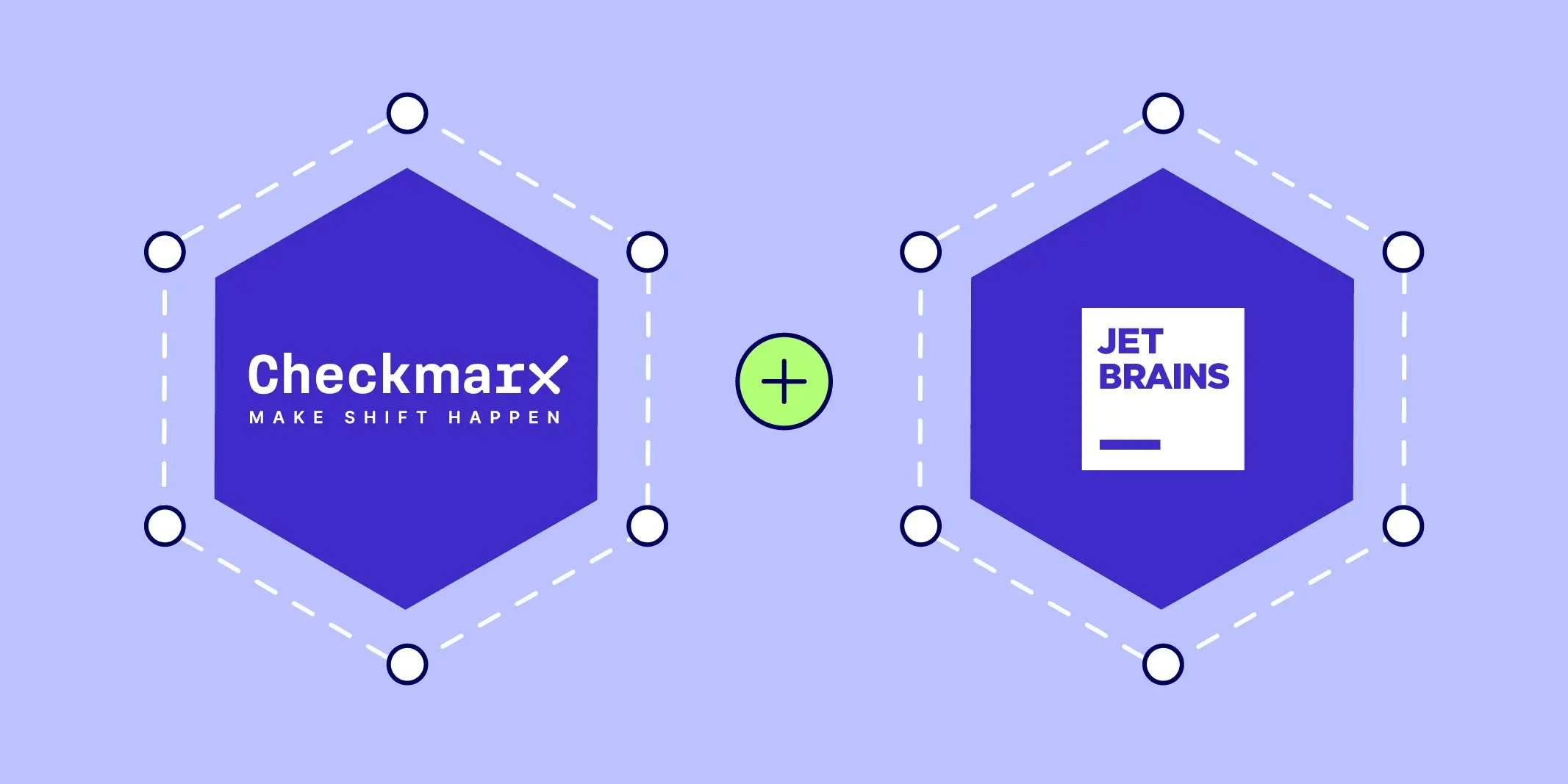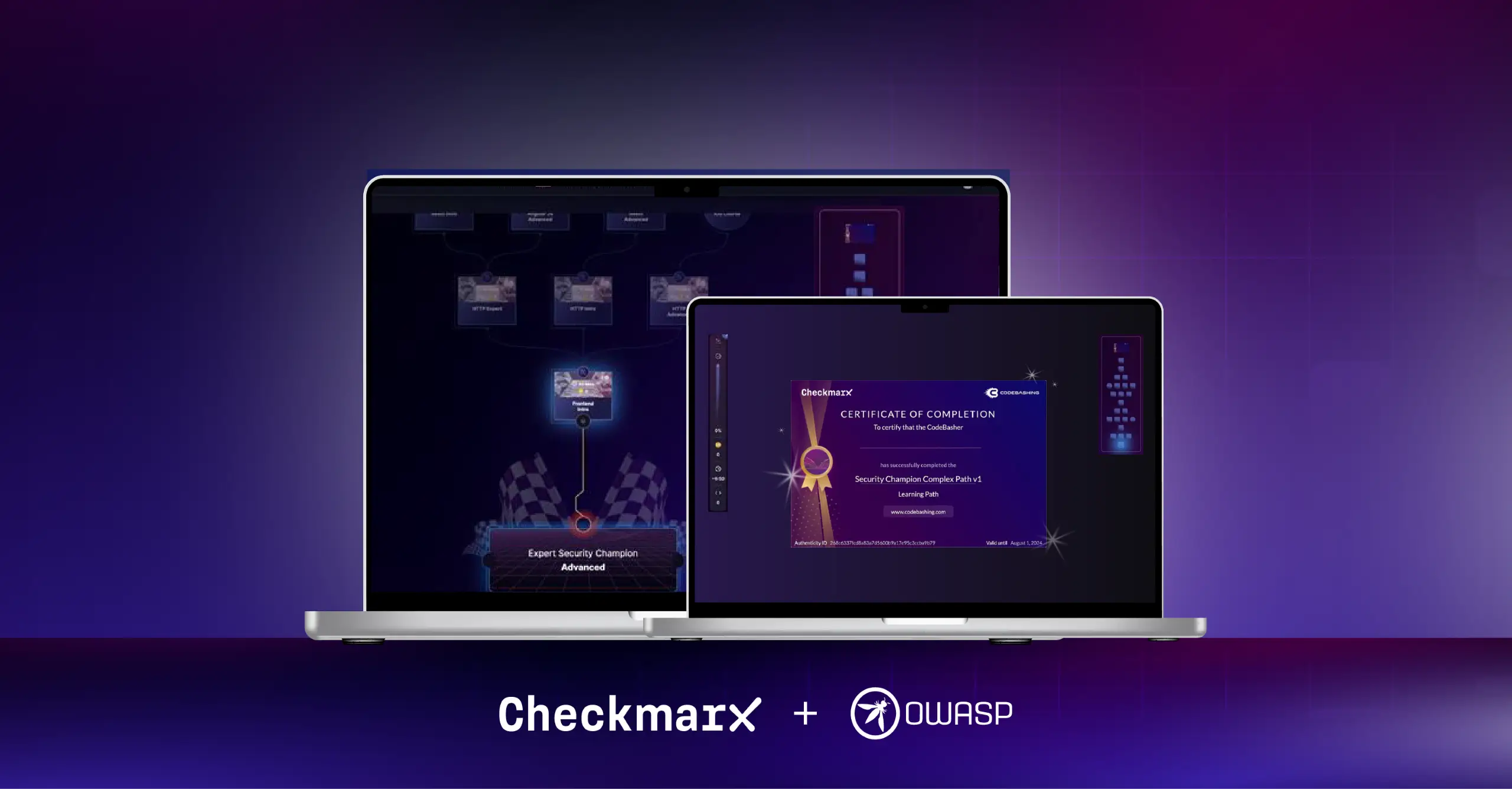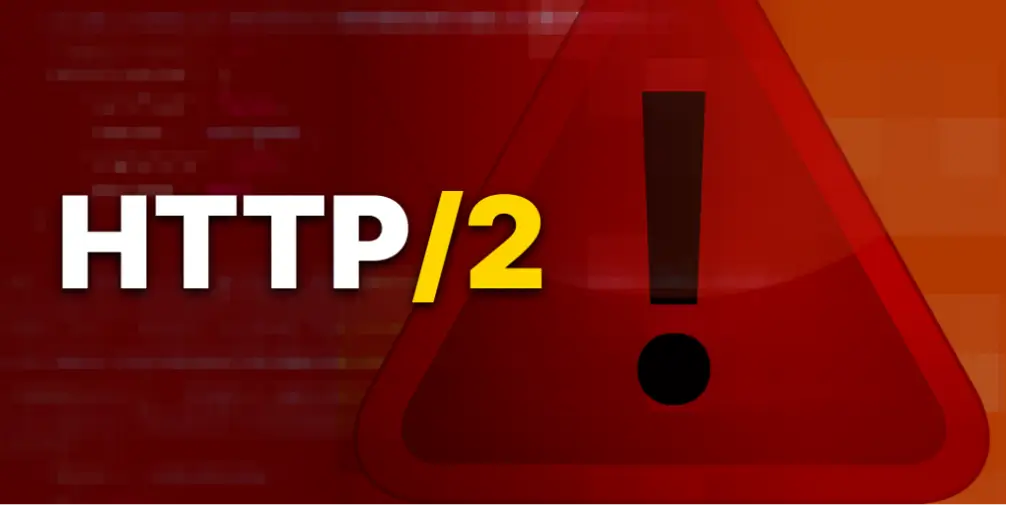
Static application security testing (SAST) has a vital role to play in compliance. Regulatory and industry frameworks have distinct requirements for what makes a program meet its standards. More importantly, the average application is several thousand lines of code long. It’s unreasonable to expect any single individual to check the code they write and ensure it complies with standards manually.
With so many applications being developed and delivered every day, software development and application security teams need to deploy testing technologies to ensure that the programs they create comply with standards. These application security testing solutions need to automate the compliance-verification process.
There are many standards that organizations might need to comply with, depending on the industry, such as the Federal Information Security Modernization Act (FISMA), the Health Insurance Portability and Accountability Act (HIPAA), or the Payment Card Industry Data Security Standard (PCI-DSS) to name a few. T
Ultimately, static application security tests can help prevent compliance violations against any of these regulations. They can do this through things like preset scans, dashboards to visualize any issues, and remediation guidance to resolve any potential violations. By proactively identifying and addressing any possible compliance risks, SAST helps organizations measure, identify, and fix security risks.
How SAST Can Be Used to Ensure Compliance
Scanning software code involves meticulously scrutinizing the applications being developed for compliance with specific regulations and standards. This process requires a understanding of regulatory requirements or standards. SAST solutions enable application security teams and developers to efficiently check source code against identified frameworks and regulations.
The core concepts of SAST compliance relate to a few different characteristics. These are things like the specific frameworks and regulations, such as HIPAA or PCI-DSS, and the specific mandates outlined in the regulatio
Using SAST to ensure the compliance of applications is vital for meeting regulatory requirements. That said, each distinct scan tends to follow the same workflow from initial scan to remediation. This process applies regardless of the language used.
Each round of testing includes:
- Running SAST scans: This involves running the SAST tool against the source code to identify potential vulnerabilities. Presets can be very beneficial here, especially when trying to check for compliance against specific regulatory frameworks. These are out-of-the-box groups of rules that application security teams can use in their scans. Certain presets exist to specifically check against compliance requirements.
- Analyzing results: The identified vulnerabilities are analyzed to determine their severity and risk level. These should ideally be represented in a dashboard for easy consumption and communication of compliance posture.
- Prioritizing remediation: Based on risk and impact, vulnerabilities are prioritized for remediation. This prioritization can be a collaboration between application security and developers.
- Remediating vulnerabilities: Developers address the identified vulnerabilities through code changes.
- Re-testing: After remediation, the code is re-tested to verify that the vulnerabilities have been fixed. If needed, this process can be repeated as many times as necessary to achieve compliance.
This testing and re-testing process is necessary to ensure applications are secure and compliant with regulations. The depth and breadth of the scan might change depending on how mission-critical the specific application is, but the process of scanning, analysis, and re-scanning does not change.
SAST Compliance Checks: A Deep Dive
SAST compliance requires the ability to find vulnerabilities and possible violations across the whole application. At times, this can make the process of application development slower, but the reality is that building compliant and secure software is critical.
The responsibility for scans falls on developers in addition to application security teams. As a result, devs and DevOps need to work with application security teams to integrate SAST into their workflows.
This doesn’t need to be overly complicated but does need to be thoughtfully applied. To start with, organizations need to inventory the compliance frameworks most applicable to their business. Many industries have dedicated frameworks, such as HIPAA for healthcare or FISMA for federal systems.
Once they understand the compliance requirements, application security teams need to find the right solution to conduct the scans. SAST tools like Checkmarx tend to offer specific presets for different frameworks and different languages.
In Checkmarx’s case, this includes FISMA, PCI DSS, and HIPAA among others. With compliance frameworks already built into the testing solution, organizations can be confident that they have the right qualifiers in place. Watch this video for tips on the value of presets.
Secure coding also plays a role here. Developers should look at OWASP Top10 and other coding standards to align their internal processes with best practices. When teams can integrate secure coding, it often makes complying with necessary standards that much easier.
Decoding Compliance Requirements
Navigating compliance requirements necessitates a thorough understanding of specific regulatory frameworks. Gaining this knowledge involves delving deep into the intricacies of each framework, deciphering its unique requirements, and identifying the vulnerabilities it seeks to address.
Organizations must carefully analyze the scope of each framework, determine its applicability to their operations, and meticulously map its requirements to their SAST processes. Failure to grasp these nuances can lead to inefficiencies and potentially jeopardize compliance efforts.
This level of compliance cannot be achieved in silos. Development and application security teams need to work together, which requires open communication, mutual understanding, and a recognition of shared goals.
Development teams need to be educated on compliance requirements and their impact on the software development lifecycle. In return, application security teams should actively engage with developers, providing clear guidance and feedback.
Regular meetings, workshops, and knowledge-sharing initiatives can facilitate communication and foster a collaborative environment conducive to compliance success. Compliance dashboards also play a role in this to educate teams about compliance posture. For more information, this Checkmarx e-book showcases 10 key considerations for choosing SAST solutions.
A key component here is compliance dashboards that can easily communicate any possible violations as well as overall posture. These should visually show which standards tests were run against, as well as the code’s overall compliance score and any vulnerabilities. The report should provide context by outlining the chosen compliance framework and its specific requirements. Additionally, it should clearly outline the activities performed, vulnerabilities identified, and remediation efforts undertaken.
Harnessing the Power of SAST Tools for Compliance Success
SAST tools play a crucial role in streamlining and simplifying compliance efforts. By automating vulnerability identification, analysis, and reporting, these tools significantly reduce manual effort and free up valuable resources. Furthermore, many SAST tools offer pre-configured rules and checks specific to popular compliance frameworks, eliminating the need for manual configuration.
Modern SAST tools offer a plethora of features designed to enhance compliance efforts. These features include:
- Compliance dashboards that provide insights into compliance status and track progress toward achieving compliance goals.
- Audit trails to enable compliance teams to document all SAST activities and showcase a detailed history of vulnerabilities identified and remediated.
- Integrations with development tools for seamless integration of SAST into the development workflow, enabling instant feedback and promoting proactive vulnerability remediation.
- Reporting capabilities to craft customized reports tailored to different stakeholders, fostering transparency and accountability.
By leveraging these advanced features, organizations can effectively leverage SAST tools to navigate the complex landscape of compliance and achieve regulatory success. Application security testing tools more generally as well can ensure that developers and compliance teams both understand how effective the company is at meeting compliance requirements in addition to resolving any issues that may arise.






